Description
Now in its eighth edition, Fundamentals of Thermodynamics continues to offer a comprehensive and rigorous treatment of classical thermodynamics, while retaining an engineering perspective. With concise, applications-oriented discussion of topics and self-test problems, this text encourages students to monitor their own learning. The eighth edition is updated with additional examples and end-of-chapter problems to increase student comprehension. In addition, Learning Objectives have been added to the beginning of each chapter.
This classic text provides a solid foundation for subsequent studies in fields such as fluid mechanics, heat transfer and statistical thermodynamics, and prepares students to effectively apply thermodynamics in the practice of engineering.
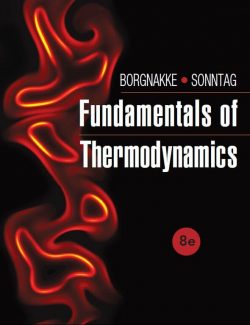
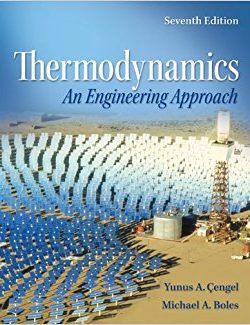
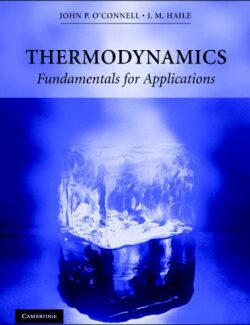
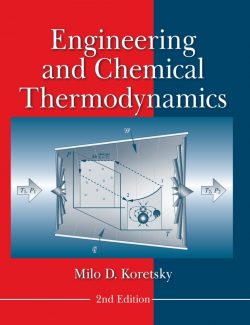
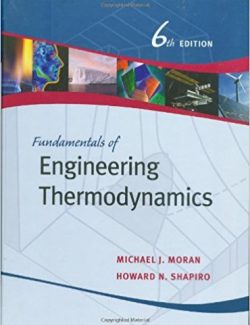
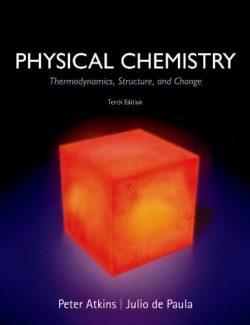
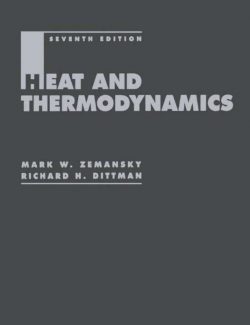
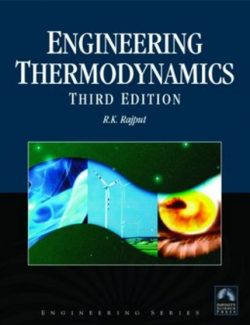
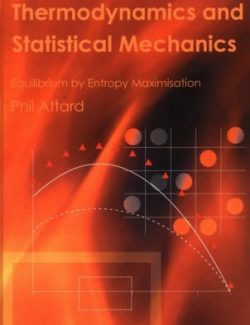
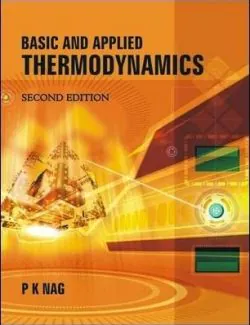
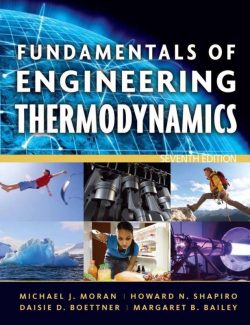
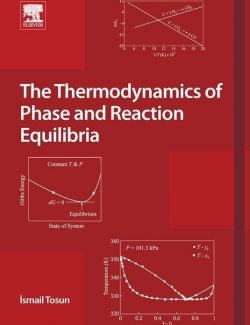
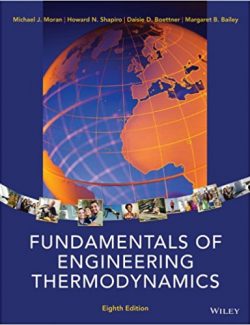
Leave us a comment
No Comments